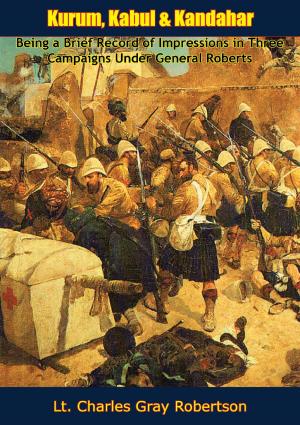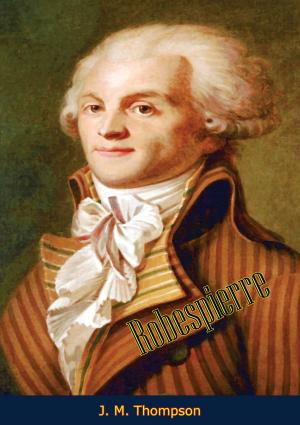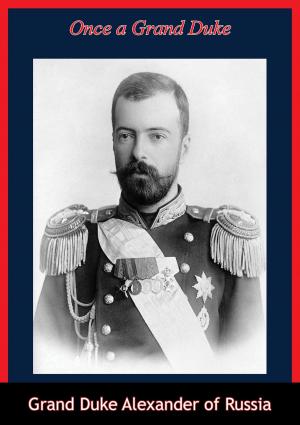| Author: | Karl Tschuppik | ISBN: | 9781787205208 |
| Publisher: | Borodino Books | Publication: | June 28, 2017 |
| Imprint: | Borodino Books | Language: | English |
| Author: | Karl Tschuppik |
| ISBN: | 9781787205208 |
| Publisher: | Borodino Books |
| Publication: | June 28, 2017 |
| Imprint: | Borodino Books |
| Language: | English |
This is the English translation of the 1929 German language biography of Empress Elisabeth of Austria, by Austrian journalist and writer Karl Tschuppik.
Elisabeth of Austria (1837-1898) was the wife of Emperor Franz Joseph I, and thus Empress of Austria, Queen of Hungary and Queen consort of Croatia and Bohemia.
Born into Bavarian royalty, Elisabeth (“Sisi”) enjoyed an informal upbringing before marrying Franz Joseph at the age of sixteen. The marriage thrust her into the much more formal Habsburg court life, for which she was ill-prepared and which she found uncongenial. Early in the marriage she was at odds with her mother-in-law, Princess Sophie, who took over the rearing of Elisabeth’s daughters, one of whom, Sophie, died in infancy.
The birth of a male heir, Rudolf, improved her standing at court considerably, but her health suffered under the strain, and she would often visit Hungary for its more relaxed environment. She came to develop a deep kinship with Hungary, and helped to bring about the dual monarchy of Austria-Hungary in 1867.
The death of her only son Rudolf, and his mistress Mary Vetsera, in a murder-suicide tragedy at his hunting lodge at Mayerling in 1889 was a blow from which Elisabeth never recovered. She withdrew from court duties and travelled widely, unaccompanied by her family. She was obsessively concerned with maintaining her youthful figure and beauty, demanding to be sewn into her leather corsets and spending two or three hours a day on her coiffure.
While travelling in Geneva in 1898, she was stabbed to death by an Italian anarchist named Luigi Lucheni who selected her because he had missed his chance to assassinate Prince Philippe, Duke of Orléans, and wanted to kill the next member of royalty that he saw.
Elisabeth was the longest serving Empress-consort of Austria, at 44 years.
This is the English translation of the 1929 German language biography of Empress Elisabeth of Austria, by Austrian journalist and writer Karl Tschuppik.
Elisabeth of Austria (1837-1898) was the wife of Emperor Franz Joseph I, and thus Empress of Austria, Queen of Hungary and Queen consort of Croatia and Bohemia.
Born into Bavarian royalty, Elisabeth (“Sisi”) enjoyed an informal upbringing before marrying Franz Joseph at the age of sixteen. The marriage thrust her into the much more formal Habsburg court life, for which she was ill-prepared and which she found uncongenial. Early in the marriage she was at odds with her mother-in-law, Princess Sophie, who took over the rearing of Elisabeth’s daughters, one of whom, Sophie, died in infancy.
The birth of a male heir, Rudolf, improved her standing at court considerably, but her health suffered under the strain, and she would often visit Hungary for its more relaxed environment. She came to develop a deep kinship with Hungary, and helped to bring about the dual monarchy of Austria-Hungary in 1867.
The death of her only son Rudolf, and his mistress Mary Vetsera, in a murder-suicide tragedy at his hunting lodge at Mayerling in 1889 was a blow from which Elisabeth never recovered. She withdrew from court duties and travelled widely, unaccompanied by her family. She was obsessively concerned with maintaining her youthful figure and beauty, demanding to be sewn into her leather corsets and spending two or three hours a day on her coiffure.
While travelling in Geneva in 1898, she was stabbed to death by an Italian anarchist named Luigi Lucheni who selected her because he had missed his chance to assassinate Prince Philippe, Duke of Orléans, and wanted to kill the next member of royalty that he saw.
Elisabeth was the longest serving Empress-consort of Austria, at 44 years.















